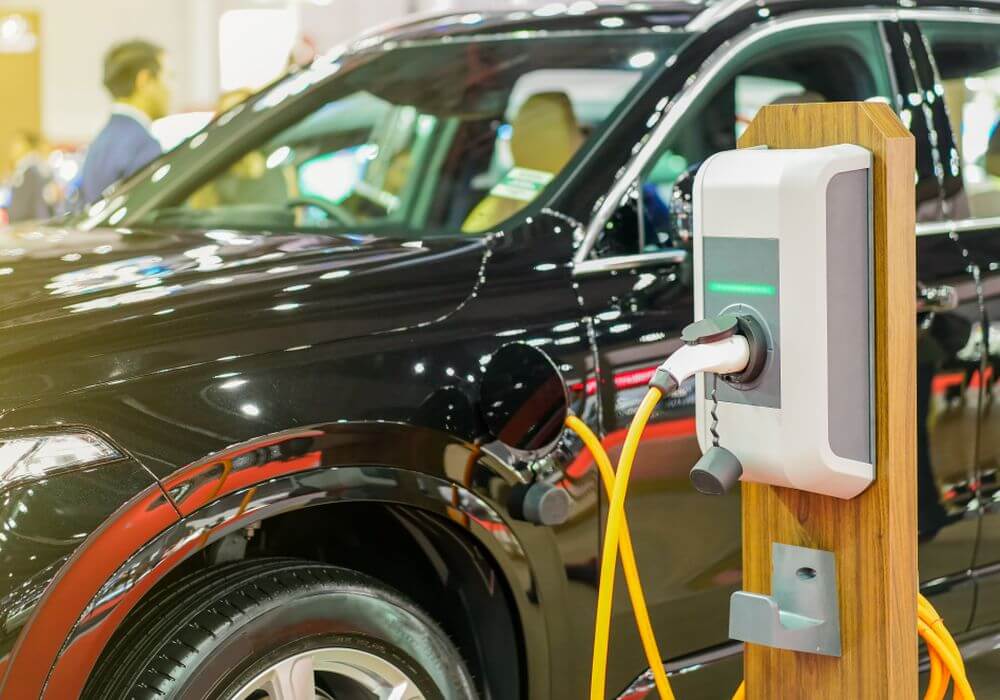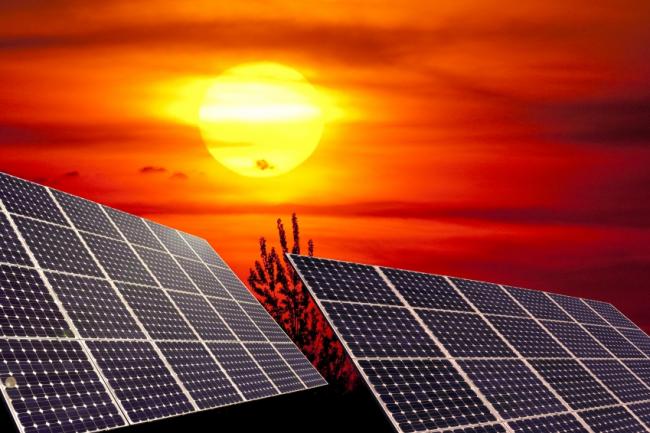Energy firms in India are increasingly diversifying to generate revenues from renewables in a effort to keep pace with the country’s push towards green energy.
“As we go ahead, if we look at the energy mix, the renewables energy percentage is going to increase, so if these companies do not keep up, they’ll be left behind,” says Rohit Kumar, the head of REC in India, a Norwegian solar energy firm. “It’s [adoption of renewables] gathering momentum now.”
Indian companies that are actively trying to expand their presence in the renewable sector include Reliance Industries – an oil-focused conglomerate controlled by India’s richest man, Mukesh Ambani. He in July said Reliance “will invest in new sources of energy, aiming for leading positions in renewables”.
Bharat Petroleum, an Indian oil refining, exploration and marketing conglomerate, is trying to increase its revenues from renewable sources. It has a policy on renewable energy that focuses on increased use of solar and wind power.
Meanwhile, companies including Hindustan Petroleum and Tata are also working on bolstering their presence in the renewable energy sector.
Prime minister Narendra Modi’s government has ambitious plans when it comes to renewables – aiming for the country to generate 40 per cent of its energy from renewable sources by 2030 – to meet the growing demand and achieve energy security, as well as to help tackle climate change.
India is the third-largest carbon emitter after the United States and China, according to the most recent data from the Global Carbon Project, an international organisation that seeks to quantify global carbon emissions and their causes.
Most of India’s energy needs today are met by coal-fuelled power plants. The country has set a target of generating 175 gigawatts (GW) by 2022, with solar power making up the majority of this production.
A country with a population of about 1.3 billion, India’s energy needs are rapidly rising as the economy expands, urbanisation progresses and as it focuses on advancing its manufacturing.
Currently, there are about 300 million people in India who do not have access to electricity, according to the World Bank.
“The oil and gas sector world is undergoing a transition,” Bharat Petroleum says in it latest annual report. “While an increased world growth and improving prosperity would imply growth in energy demand, technological advancements and environmental concerns have contained energy consumption and are causing a shift towards cleaner fuels. Although oil and gas, together with coal, continue to dominate the energy mix, there are clear indications of an impending change in the energy mix, in favour of renewable energy.”
The company notes that the rise of non-fossil fuels poses “both an opportunity as well as a threat”.
Renewable energy is “an opportunity, since it provides a platform to migrate towards cleaner and more efficient forms of energy and a threat as it risks the obsolescence of huge investments in conventional forms of energy”, the report adds.
Hindustan Petroleum, meanwhile, runs wind farms in the states of Maharashtra and Rajasthan with a capacity totalling more than 100 megawatts.
“A shift to renewable energy is required and several companies are moving in that direction,” says Suhail Nathani, the managing partner at Economic Laws Practice, based in Mumbai. “Traditional energy will always have a role to play, but a partially running traditional power plant is not economically viable and therefore will always face pricing challenges. As technologies develop, I envisage traditional power players establishing hybrid plants or integrating renewable energy power plants and seamlessly offering both renewable and traditional energy.”
There is some scepticism around whether Mr Modi will achieve his renewable energy targets. Figures from India’s ministry of new and renewable energy show that the country’s total renewable power capacity as of the end of August was below 60GW. But there are serious efforts underway to boost renewables.
“With advancements in technology, and with the price of solar and wind reducing, we are not only sure but confident that we will not only achieve the target, but exceed it,” said Anand Kumar, the secretary of new and renewable energy ministry, speaking at the Renewable Energy India Expo held in Delhi recently, which attracted more than 750 exhibitors.
Mr Kumar sees scope in improving renewables manufacturing, particularly solar manufacturing, in which he said India’s capabilities were “modest”. “We should set up manufacturing bases for batteries in India,” Mr Kumar said. “Once we overcome the obstacle of storage, then the ideal of 24-hour free energy for the people can be realised.”
He added that the ministry in recent meetings had “begun to take more seriously the potential of India’s offshore wind and hydropower capacities”, and hinted that “these technologies will be brought under the renewable energy target”.
From the perspective of the government’s finances, moving away from reliance on oil is highly desirable, given the fact that India is heavily dependent on oil imports which weigh on its trade deficit.
“I think Indian companies have started looking at renewables,” says Pritam Doshi, the director at PAE Renewables, a solar company based in Mumbai. “But I don’t think that any of the big oil giants have done a lot of quick scaling up. I think we will start seeing some of these companies do a lot more as the dependence on oil starts reducing.”
The discussion on renewables comes against a backdrop of India’s falling economic growth, which in the quarter between April and June slowed to a three-year low of 5.7 per cent compared with 7.9 per cent for the same period last year, according to official data.
“Going ahead, energy is going to be one of the most critical aspects for our development of the country and all-round growth,” said Mr Kumar.
“One of the best things that can happen is to capture this additional energy requirement from renewables.”
Falling costs mean setting up solar energy solutions has become “commercially viable” now for companies, he added. Additionally, Mr Kumar said sluggish oil prices have made oil investment and exploration less attractive and this could also be a factor in traditional energy companies looking beyond dependence on fossil fuels at this point in time.
All this means there are opportunities to invest in renewables in India, industry insiders say.
But there are significant challenges when it comes to moving into the renewables space.
“The cost is built into the installation,” says Mr Doshi. “You need money upfront to put up a large power plant and a manufacturing facility. Also, if you want to be huge in scale, you need a lot of land and therefore you need a lot of muscle in terms of the right network to acquire that land, whether it’s government permissions, whether it’s local accumulation of land.”
But the stakes are high.
With a continued move by traditional energy firms towards renewable sources in India, they can potentially help secure the future of their own businesses and play a role in achieving the country’s energy security.
Source: https://www.thenational.ae/business/energy/indian-power-majors-embrace-renewables-1.662913


